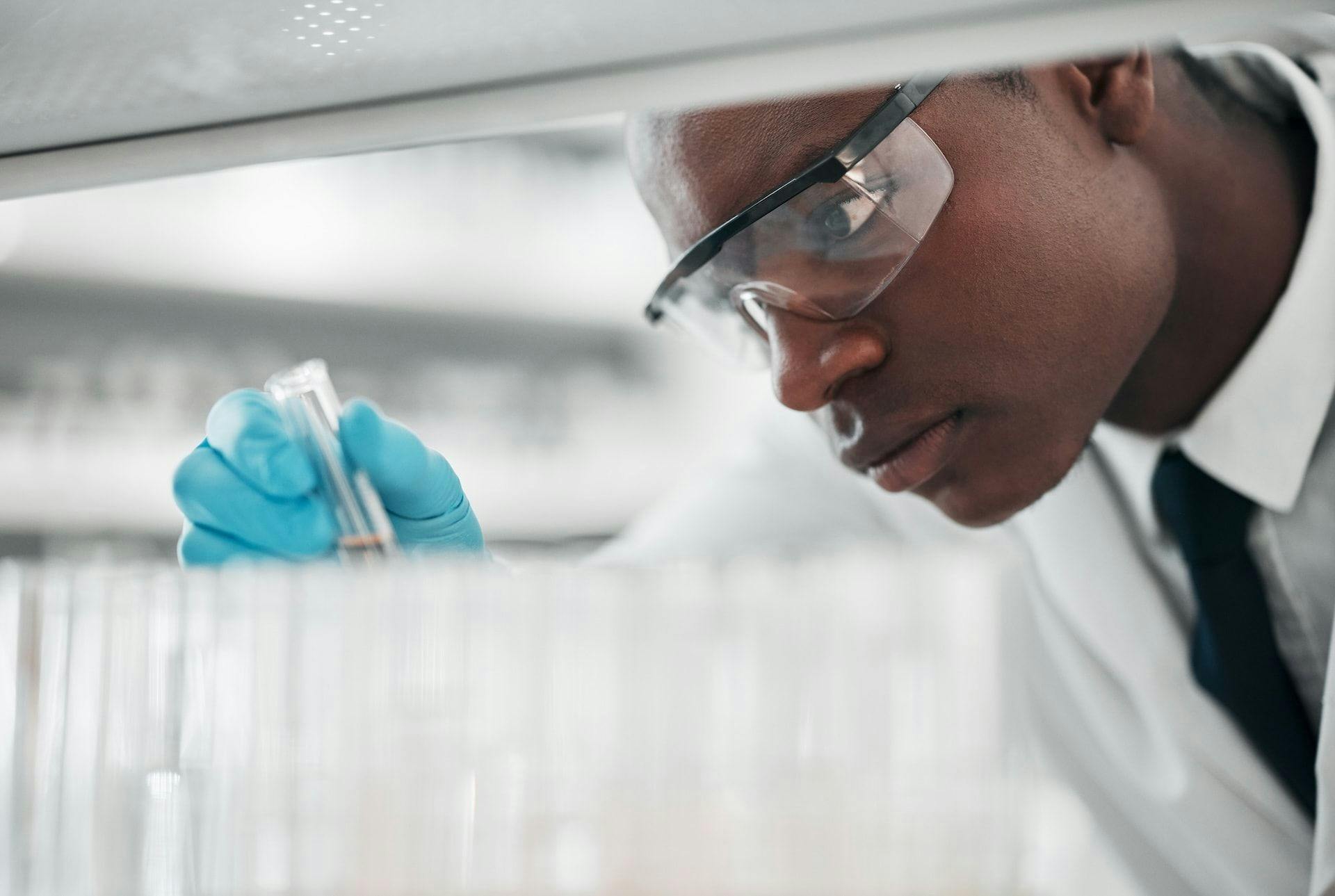DOT Adds Oral Fluid Testing as an Alternative to Urine
On May 2, 2023, the U.S. Department of Transportation (DOT) announced that it would officially authorize employers to use oral fluid testing as an alternate methodology to traditional urine drug testing. This policy adjustment went into effect June 1, 2023; however, collectors, devices, and laboratories need to meet several requirements before oral fluid testing can be fully implemented.
The Benefits of Oral Fluid Testing
Oral fluid testing has been a major talking point within the DOT testing industry for years, and this policy change has many benefits:
- More Secure: Oral fluid drug tests are inherently observed. This minimizes the risk of adulterated or substituted specimens, or donor challenges.
- Less Invasive: Oral fluid tests are far less invasive than urine tests, especially in the case of observed collections, and help eliminate gender-based collection issues.
- Easier: Oral fluid testing allows people with conditions that prevent them from producing sufficient urine specimens to be hired into safety-sensitive jobs. Most donors can easily produce enough of a sample for oral fluid testing.
- More Convenient: Oral fluid collections have little facility requirements—no bathroom required—so they can be performed almost anywhere, including at the workplace. This greatly reduces collection fees and lost productivity associated with travel.
- Faster: Oral fluid specimens can detect drug use within 15 minutes of ingestion, unlike urine, which can take 2-3 hours.
What does this mean for collectors?
Collectors need to meet several new training requirements before they can perform DOT oral fluid tests.
- They must be knowledgeable of the new DOT requirements surrounding oral fluid testing and any updates made to these policies in the future.
- They must undergo qualification training.
- They must display a level of proficiency in these new processes.
Collectors may take weeks to months to become certified in this new testing procedure.
What does this mean for laboratories?
Testing laboratories must also implement several new processes and adjust to new regulations before they can begin performing oral fluid tests.
Getting HHS-Certified
While the DOT has discretion over many aspects of its regulations governing testing, they follow the Department of Health and Human Services’ (HHS) Mandatory Guidelines for laboratory and specimen testing procedures. In 2019, HHS established specific guidelines for oral fluid testing, a final rule known as OFMG.
To perform oral fluid tests for DOT-covered employees, testing facilities must be recertified by HHS under OFMG. This process includes submitting a detailed standard operating procedure (SOP) for HHS review and approval through the National Laboratory Certification Program (NLCP). Testing facilities will then need to pass an inspection and a proficiency test to become HHS-certified to perform oral fluid tests.
This is a time-consuming process that can take several months. As of the publication of this article, there are no labs HHS-certified to conduct oral fluid testing.
Approved Collection Devices
The collection devices used for oral fluid testing must also undergo federal review and approval.
Like with urine collection devices, manufacturers of oral fluid collection devices must receive clearance by the Food and Drug Administration (FDA) that their product is accurate and reliable. However, FDA clearance does not mean that the collection device meets OFMG requirements. The agency or testing facility must ensure that the FDA-cleared device also meets the requirements outlined in OFMG Subpart G.
The FDA has a searchable database of cleared devices; however, HHS does not. As of the publication of this article, there are no devices that meet all the technical requirements. It will likely take several months, or potentially years, before we see any that do.
What does this mean for employers?
You cannot implement DOT oral fluid testing for your DOT-covered employees until you have access to at least two HHS-certified facilities—one to serve as your primary laboratory, and a second for split specimens.
Again, there are no labs currently HHS-Certified to conduct oral fluid testing. Stay updated with the current list of HHS-certified labs here.
Once the required HHS-certified labs become available, the choice of whether to conduct an oral fluid or urine test is up to you—not your employee, not the collection site. When considering the use of oral fluid testing, also keep in mind:
- If you have a Third-Party Administrator (TPA) and you decide to implement oral fluid testing, notify your TPA and collection sites as soon as possible. Some collection sites may choose not to offer it, and you may want to make alternative arrangements.
- It is best practice to have standing orders in place with your TPA and collection sites so they know what kind of collection you want performed—urine or oral fluid—and when.
- If a second collection is needed during a testing event (e.g., temp out-of-range, shy bladder, insufficient oral fluid, etc.), you may choose to switch to the alternate methodology for the second collection.
- It is more important than ever that your company’s Designated Employer Representative (DER) is available and reachable for consultation 24-7 in the event of a problem collection situation. Only your DER can authorize what type of test should be performed.
- As the employer, you may choose to continue using only urine tests as your preferred methodology, but oral fluid testing must still be available in the event of directly observed collections for transgender and nonbinary individuals.
While the DOT ruling on oral fluid has officially been “passed,” these new requirements for training, materials, and certification for collectors, devices, and laboratories may take months or even years to be completed. Most notably, the wait for oral fluid collection devices that are approved by both the FDA and HHS could span multiple years. Because of this, it will likely be a significant amount of time before DOT oral fluid tests can be performed.
TEAM will continue to monitor any developments surrounding oral fluid testing and share significant updates via our newsroom.





